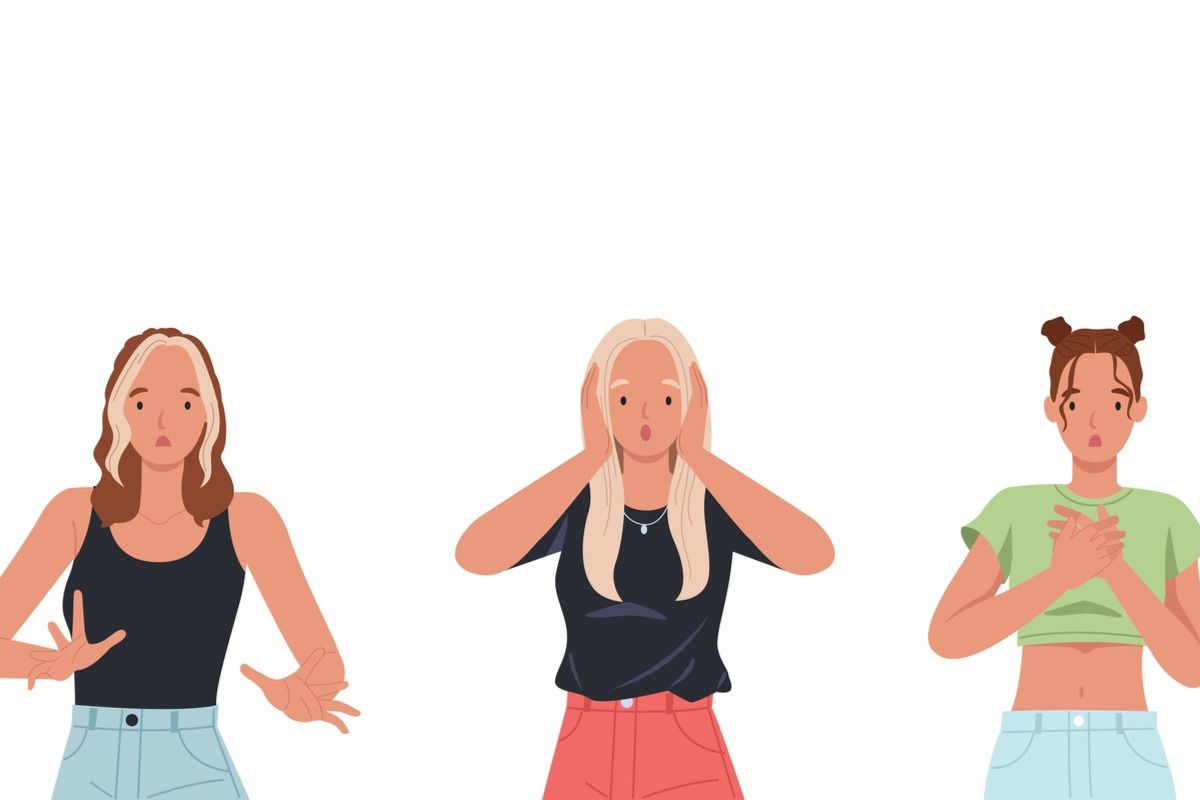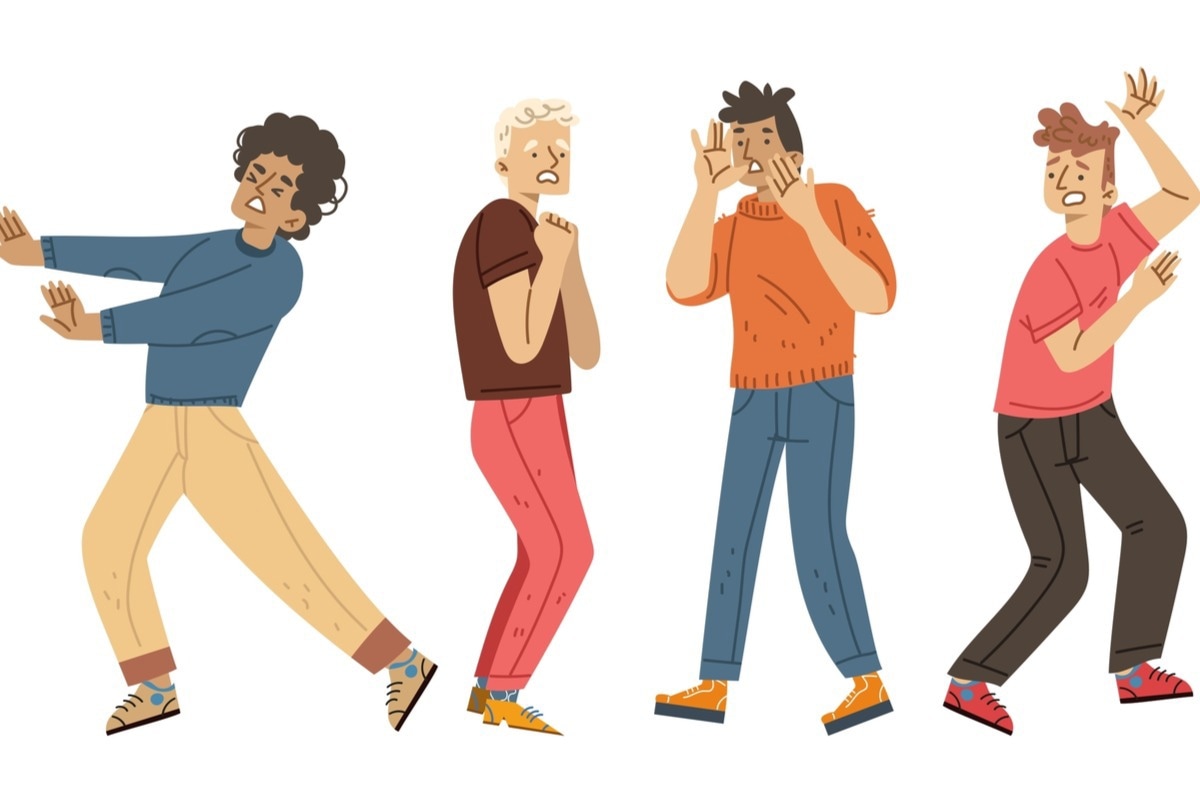Introduction
History
Causes and symptoms
Epidemiology
Diagnosis and treatment
References
Further reading
The Jumping Frenchmen of Maine disorder is a rare condition characterized by an extraordinarily severe startle reaction. The startle response is a normal reaction. It's the body's natural, quick, and reflexive reaction to a sudden or unexpected event (e.g., a sudden noise or sight). The cause of Maine's jumping Frenchmen is unknown.
The startle-matching syndromes are a group of culturally specific comparable illnesses that have been described in many parts of the world. Jumping Frenchmen of Maine is only one of them.
 Image Credit: Paranyu/Shutterstock
Image Credit: Paranyu/Shutterstock
History
Dr. George M. Beard, a neurologist from New York, brought an unusual phenomenon to the notice of the medical community in 1878. When French-Canadian woodsmen from northern Maine became enthusiastic, Beard told his colleagues at the American Neurological Association's fourth annual meeting that they would jump or strike. Beard then drove to the Moosehead Lake region of Maine to witness the "Jumpers," or "Jumping Frenchmen," as they were known.
Beard reported his results on this disease in a paper at the American Neurological Association's sixth annual meeting in 1880, and they were later published in the Journal of Nervous and Mental Disease and Popular Science Monthly. Beard's research drew the attention of neurologists all across the world, notably France's Georges Gilles de la Tourette.
After 1900, the scientific community's interest in the Jumping Frenchmen condition waned. The phenomenon, however, resurfaced in the second half of the twentieth century, when a handful of neurologists reported "jumping" incidents in various parts of North America, particularly among people of French descent—that is, French Canadians in the Beauce region of Québec, Franco-Americans in Maine, and Cajuns in Louisiana.
Causes and symptoms
Although the specific etiology and processes of jumping Frenchmen of Maine disorder are unknown, it is thought to be a neuropsychiatric disorder. The startle reflex occurs when a person is startled by a loud or unexpected noise or movement. Individuals with jumping Frenchmen of Maine, on the other hand, have an exaggerated or abnormal reaction.
Several theories have been presented to explain the evolution of Maine's jumping Frenchmen. According to one theory, such diseases are behavioral abnormalities caused by culturally specific operant conditioning. Operant conditioning is a reward-based and punishment-based way of learning behavior. Some researchers claim that the jumping Frenchmen of Maine are suffering from a somatic neurological condition.
Jumping Frenchmen of Maine disorder comprises symptoms that mainly appear after puberty or during adolescence. This disorder causes people to have an abnormal and exaggerated startle reaction, which includes jumping, screaming, hitting, or hurling objects. Following a startle reaction, people who are affected may repeat words or phrases in a parrot-like fashion (echolalia), as well as mimic or duplicate movements or gestures involuntarily (echopraxia).
Some people who are afflicted may unintentionally swear or use obscene or socially incorrect words or phrases (coprolalia). As the affected individuals grew older, the symptoms are less frequent and severe. The frequency with which one is startled, as well as weariness, stress, and emotional strain, can all affect the strength of one's startle response.
Related: Why can Uncertainty Cause Stress?
Epidemiology
Originally, jumping Frenchmen of Maine disorder was seen among French Canadian lumberjacks in the Moosehead Lake region of Maine. It afflicted men more frequently than women in the cases documented. During the nineteenth and early twentieth centuries, the disease appears to have been widespread in the region's lumber camps. Similar behavior has been recorded in isolated populations in Louisiana (where it is referred to as Rajun Cajuns), Malaysia (where it is known as Latah), Siberia (where it is referred to as Myriachit), India, Somalia, Yemen, and the Philippines.
Diagnosis and treatment
A thorough clinical evaluation, a complete patient history, and a variety of specialist testing to rule out other similar conditions are used to suspect a startle disorder. Individuals with jumping Frenchmen of Maine do not receive a specific treatment. Eliminating the habit of purposefully surprising and/or teasing a person to elicit a jumping response can help to minimize or eliminate episodes. With age, symptoms become lesser, but with stress or anxiety, they become more severe.
Careful descriptive and analytic epidemiological studies are required for this disorder. Despite the fact that the disorder appears to be uncommon, it is not extremely rare. No studies of its frequency or incidence, as well as patterns in population burden over time, have been conducted. In addition, there are no case-control studies that look into potential risk factors.
 Image Credit: klyaksun/Shutterstock
Image Credit: klyaksun/Shutterstock
Reference
Further Reading